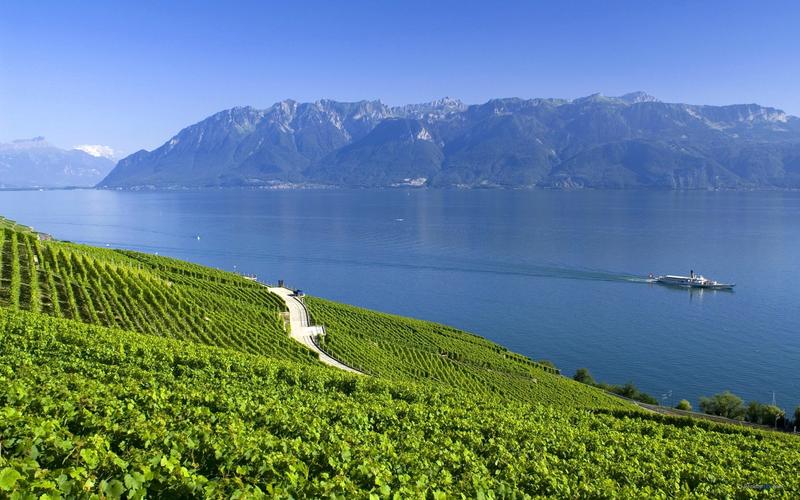Celebrating 50 Years of Protecting Our Planet’s Treasures: World Heritage Sites
For half a century, UNESCO’s World Heritage List has identified, recognized, and preserved the world’s most significant cultural and natural wonders. These sites are fundamental to our understanding of human civilization and our planet’s ecological health. As we celebrate the 50th anniversary of this remarkable initiative, we will look at the importance of these sites and the challenges that remain to protect them.
First, let us define what a World Heritage Site is. According to UNESCO, a site must be of outstanding universal value and meet at least one or more of the ten criteria specified by the World Heritage Committee. These criteria include showcasing exceptional natural beauty, a unique cultural tradition, archaeological significance, or outstanding universal heritage value. Examples of these sites include the Pyramids of Giza, the Great Barrier Reef, and the Grand Canyon.
The World Heritage List boasts 1,121 sites in 167 countries. These sites are spread across the globe, from South America to Asia, and from Europe to Africa. They attract millions of tourists every year, generating significant revenue for the local and national economies.
However, the popularity of World Heritage Sites sometimes becomes their undoing. The influx of tourists often deteriorates the sites’ integrity, and the looming threat of climate change challenges the ecosystem’s health. The challenge for UNESCO and local authorities is to ensure that development plans are sustainable and that tourists’ arrivals do not harm the sites’ ecological and cultural significance.
For instance, Machu Picchu, a famous Inca site in the Peruvian Andes, is under threat from a surge of tourists. The site’s foundations and structures are under strain, and the sheer weight of tourism is damaging the surrounding ecosystem. Authorities have responded by limiting the number of visitors and imposing strict guidelines to help preserve this wonder of the world.
Similarly, the Great Barrier Reef faces an uncertain future due to climate change and coral bleaching. The Australian Government and researchers are investing heavily in reef protection, with a strong commitment to reducing carbon emissions and building the reef’s ecological resilience.
In conclusion, UNESCO’s World Heritage List celebrates the wonders of our world, the natural and cultural treasures that define us as a species. However, the threats facing these treasures are real and ongoing. As we celebrate the 50th anniversary of this initiative, it is essential to appreciate their importance and take action to preserve them for generations to come. By committing to sustainable tourism and investing in scientific research, we can continue to protect the planet’s treasures for the next 50 years and beyond.
(Note: Do you have knowledge or insights to share? Unlock new opportunities and expand your reach by joining our authors team. Click Registration to join us and share your expertise with our readers.)
